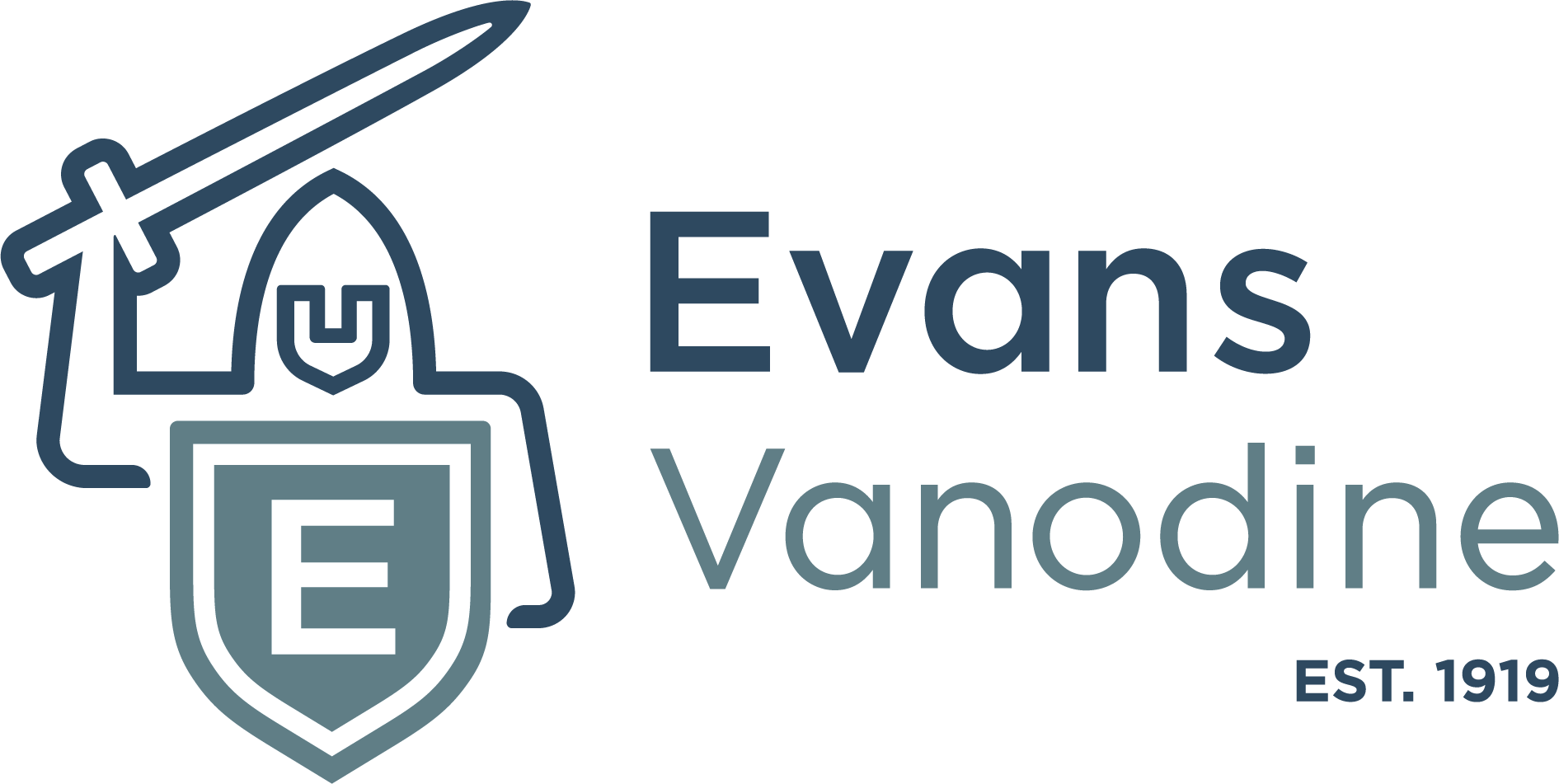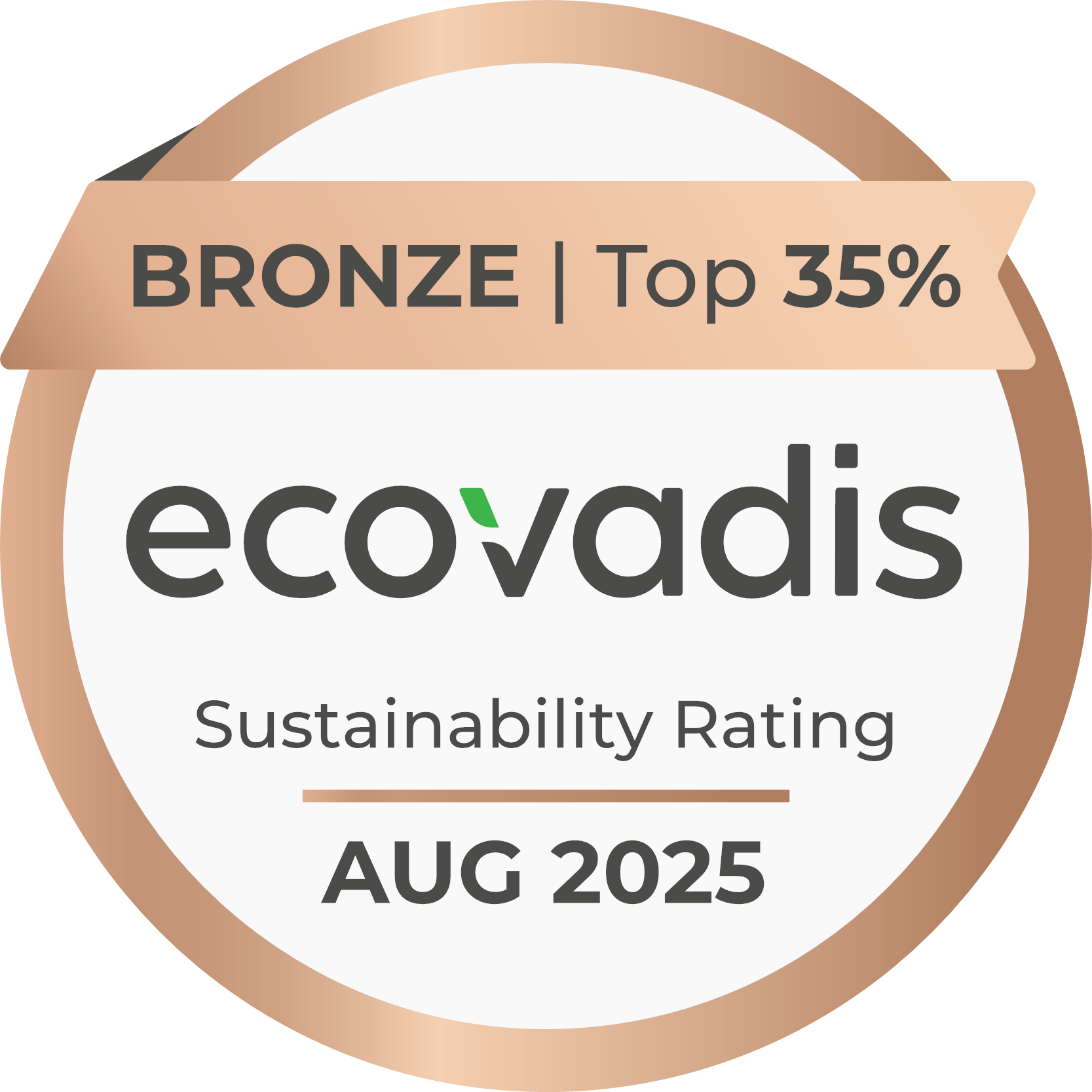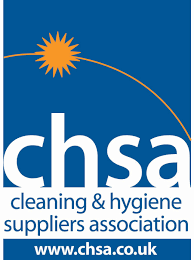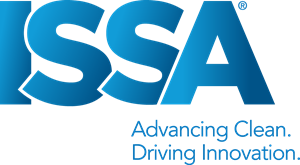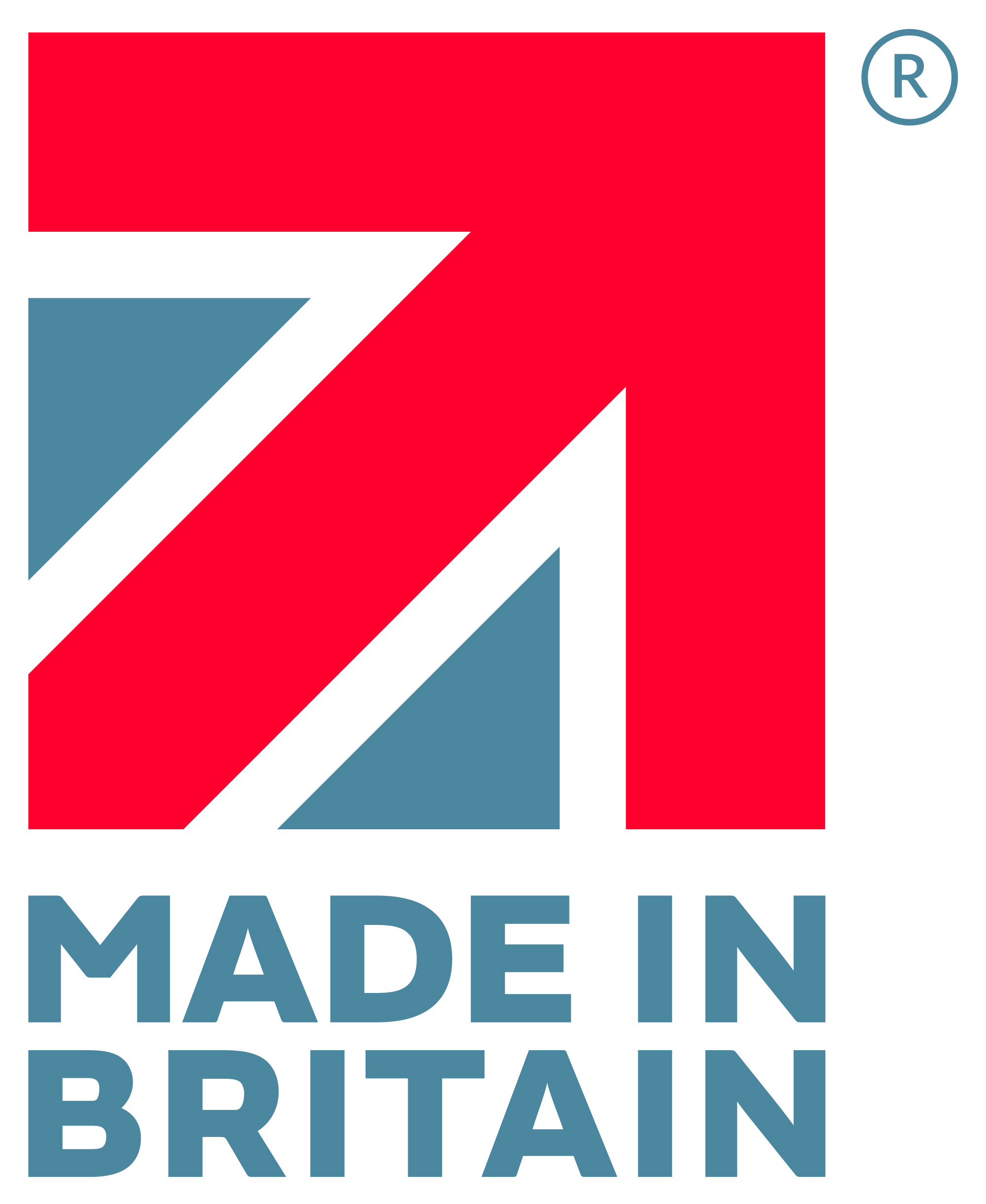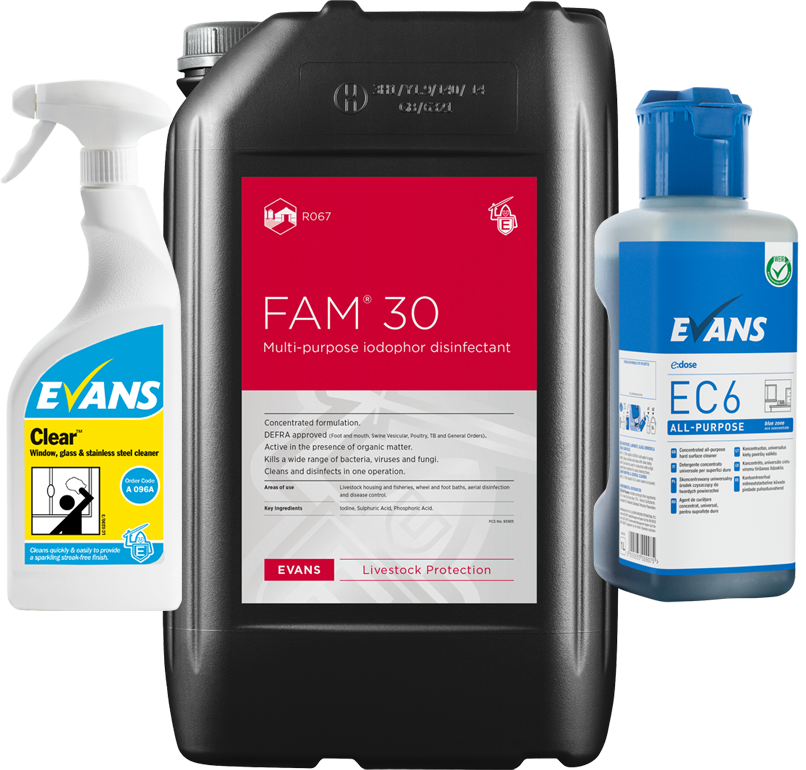2 May 2018
An explanation of REACH European Union regulation.What Is REACH?
REACH is a European Union regulation concerning the Registration, Evaluation, Authorisation and restriction of CHemicals. It came into force on 1st June 2007 and replaced a number of European Directives and Regulations with a single system. REACH requires all substances manufactured or imported into the EU in quantities of 1 tonne or more per year to be registered with a central agency.
What Is The Reason For REACH?
The idea behind the REACH regulations is to ensure a high degree of protection for health and the environment. It transfers the responsibility for the safety of chemicals to the chemical industry.
The registration process identifies hazardous substances and allows appropriate risk management measures to be put in place to ensure the chemicals are safe to use and handle. The authorisation system will strongly encourage companies such as ourselves to switch to safer alternatives.
Will REACH Ban Products?
The system will definitely enable a more rapid total or partial ban where chemicals cause an unacceptable risk. In addition, measures are foreseen to ensure that animal testing is kept to a strict minimum and to encourage alternative testing methods.
What Is The Main Advantage Of REACH?
It will allow a comprehensive flow of information throughout the industry about the risk of substances, which will in turn filter down to the consumer.
The new system will also simplify E.U. legislation on chemicals by replacing 40 existing pieces of legislation and create a single system for all chemicals.
As Manufacturers Of Chemical Substances, What Will Happen Next?
The chemical substance has to be pre-registered by the manufacturer or importer. This process will be ‘phased-in’ over 11 years, generally for those substances that have been around since 1981. The key registration deadlines are given below.
Date |
Action |
1 June 2007 |
REACH came in to force |
1 June 2008 |
Pre-registration for existing ('phase-in') substances started Registration for new ('non phase-in') substances started |
30 November 2008 |
Pre-registration for 'phase-in' substances ended |
1 December 2008 |
Registration for existing substances (that have not been pre-registered) started |
1 January 2009 |
List of pre-registered substances published and SIEF1 are formed |
1 December 2010 PHASE 1 |
By this date the following pre-registered 'phase-in' substances should have been registered when supplied at:
|
1 June 2013 PHASE 2 |
Deadline for registration of substances supplied at = 100 tpa |
1 June 2018 PHASE 3 |
Deadline for registration of substances supplied at = 1 tpa |
1 SIEF - Substance Information Exchange Forum
2 CHIP - Chemical (Hazard Information and Packaging for Supply)
What Is The Difference Between A Substance And A Preparation?
A substance is often referred to as a raw material and a preparation is the actual finished product, in our case a cleaning or hygiene chemical.
Do You Have To Register The Substance And Preparation
It is only necessary to register the substance.
What Is A Downstream User?
A Downstream User (D.U.) is a company which uses chemical substances, often referred to as raw materials, and blends a selection to formulate a product, for example in our case a cleaning or hygiene chemical.
Evans Vanodine is both a manufacturer of chemical substances and also a Downstream User.
As A Downstream User (D.U.) What are Our Obligations?
As a D.U. we must continue to comply with the safety precautions as detailed in the safety data sheet supplied by the producer of the chemical substances. We must also advise the supplier of the purpose for which we intend to use the chemical substance, so it can be included in their dossier registration.
As A Distributor Or User Of Our Products, What Do You Have To Do?
Nothing, apart from ensuring the product is being used for its intended purpose. If any further information is required, we will advise you in good time.
Is REACH worth all the cost and time involved?
As well as benefits for health and the environment, we firmly believe REACH will improve customer confidence in the choice and use of chemicals and also incentivise manufacturers to innovate, by encouraging the substitution of dangerous chemicals for safer alternatives.
There are obvious cost implications but overall we support the REACH regulations, as the implementation is part of our on-going strategy towards responsible care and the protection of the Environment.
